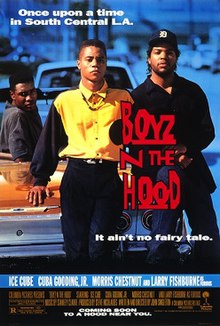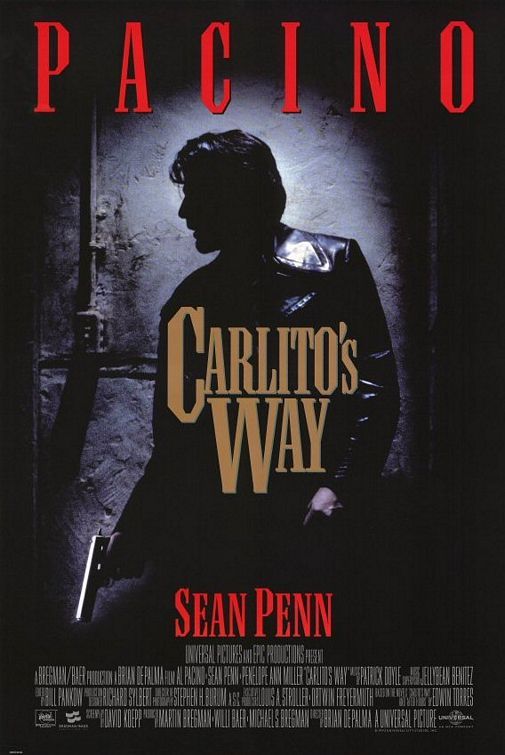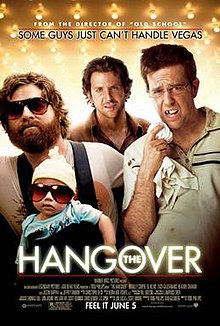 The 1991 film "Boyz N The Hood" depicts life in early 90s South Central Los Angeles and mostly the lives of Black minorities living in very poor areas of America. Since it's release it has seen a great deal of social and cultural impact. It portrays the main characters as being very violent, disobedient to the law and money hungry, even from a very young age which is meant to be a representation of young black minorities living in America at the time.
The 1991 film "Boyz N The Hood" depicts life in early 90s South Central Los Angeles and mostly the lives of Black minorities living in very poor areas of America. Since it's release it has seen a great deal of social and cultural impact. It portrays the main characters as being very violent, disobedient to the law and money hungry, even from a very young age which is meant to be a representation of young black minorities living in America at the time.The film follows a group of friends who re unite after one of the main characters Doughboy returns from a 7 year period in prison for a shop robbery when he was just 14 years old. This is again highlights the fact that even at a young age, the minorities living in these areas are prone to crime and violence and is seen as a very common thing. A running theme in the film is gang violence and how a large portion of the black community are in gangs as a way of making money and gaining protection. There are various encounters between Doughboy and his friends and a rival gang from another neighborhood. These encounters usually pass without any violence but gradually build up to the point where gun shots are fired and the two gangs begin to engage in a "gang war". 2 of the characters, Ricky and Tre who are part of Doughboy's group are considered to be the more conscious characters who have ambitions of gaining an education and moving out of the poverty they live. They often try to distance themselves from trouble but as the film depicts, no matter where they go there will always be trouble because of the area they are living in. The film tries to rise this issue that black minorities have when living in these types of areas. Ricky's (the brother of Doughboy) character was described at the time as a metaphor for "hope" for minorities living in poverty. Ricky's character is a talented american football player and is hoping to gain a scholarship in order to go to college depending on the score he gets on an SAT test and often makes references to himself leaving leaving his neighborhood to play in the NFL. This often angers the rest of his group as they are considered to be "in too deep" and are destined to die due to a life of crime as this is all they have. This issue of being destined to die in "the hood" is often referenced in the film and is seen as a common issue for blacks living in urban areas at the time. Ricky and Tre both take SAT tests in order to go to college and gain further education. This is seen as a rare opportunity for people coming from their background. This is shown in the film because Ricky, Tre and a female are the only black people taking the test in the school. Later that day, Rick and Tre run into a rival gang and Ricky tries to protest he wants no trouble with any gangs but is shot dead because he is the brother of Doughboy. Doughboy later goes on to kill the gang member who killed his brother. A few days later Tre receives both his and Ricky's test scores and it is revealed that they both received the score they needed in order to go to college. It again raises highlights that most of these young black men are destined be killed in their own neighborhood at any given time simply because of where they live. The film reveals at the end that Doughboy was killed on the day of Ricky's funeral and that Tre would go on to Spellman college.









